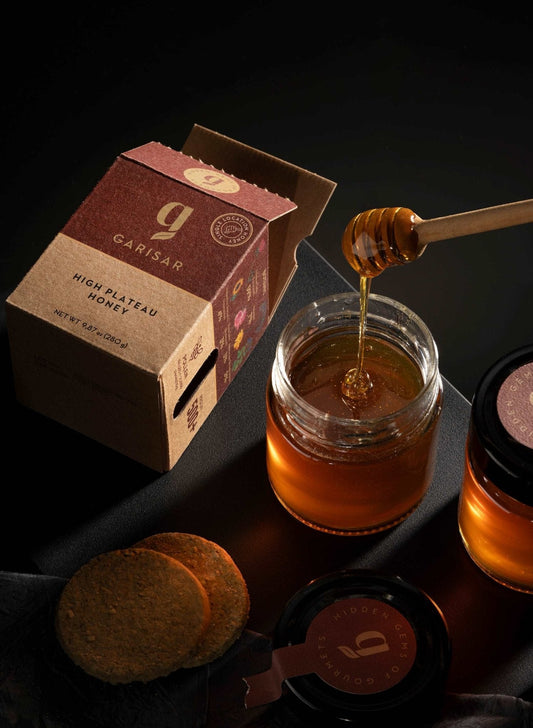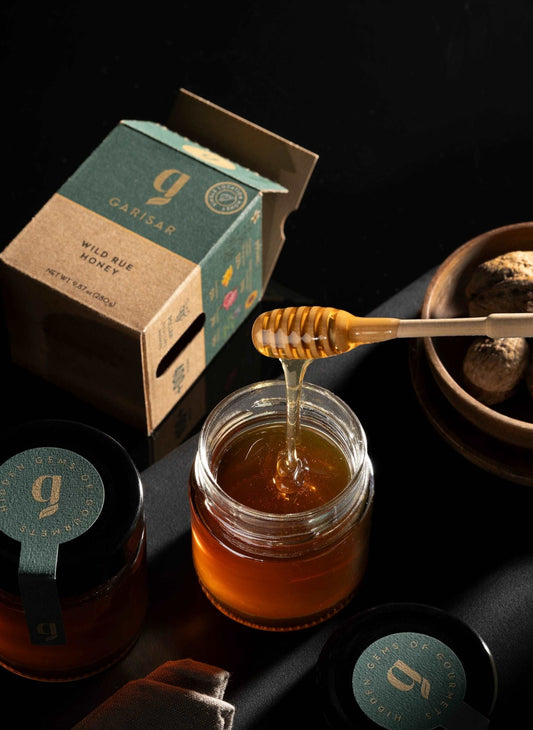Health Benefits of Yellow Flowers Honey
Honey produced from the pollen of yellow flowers offers numerous health benefits. The primary health advantages of yellow flower honey include:
Effects on the Immune System
Yellow flower honey has immune-boosting properties. The natural compounds it contains help enhance the body's resistance to infections, supporting the immune system.
Antimicrobial Properties
Yellow flower honey contains compounds with antimicrobial properties. These properties help inhibit the growth of bacteria, viruses, and fungi.
Antioxidant Activity
With its high antioxidant content, yellow flower honey is effective in reducing the damage caused by free radicals in the body. These antioxidants slow down the aging process of cells and protect overall health.
Benefits for Digestive Health
Yellow flower honey supports digestive health. The prebiotics in honey help balance the gut flora, aiding in the proper functioning of the digestive system.
In conclusion, yellow flowers are valuable not only for their aesthetic appeal but also for their health benefits. With various species and widespread growing regions, they hold a significant place in nature. Additionally, their antioxidant properties and the health benefits of their honey make yellow flowers a remarkable addition to both gardens and health practices








